

Travelogue
THE GLORY THAT WAS GREECE
Part One (Athens)
by Willie Vergara
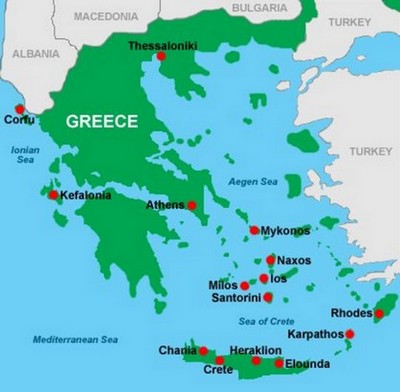
This is going to be the first of two parts. This one will focus on the City
of Athens, the magnificent Acropolis and Parthenon and other sites of both
ancient and modern Greece. The next will feature the Greek Isles and trips into
many more of this country’s glorious past.
After that enjoyable but
tiresome tour in Turkey (see my article “Turkey,
A Destination Worth Your While”), we took a brief morning flight from Izmir,
Turkey to Athens, Greece. One will know if he is approaching the country of
Greece by seeing the small islands from the plane.
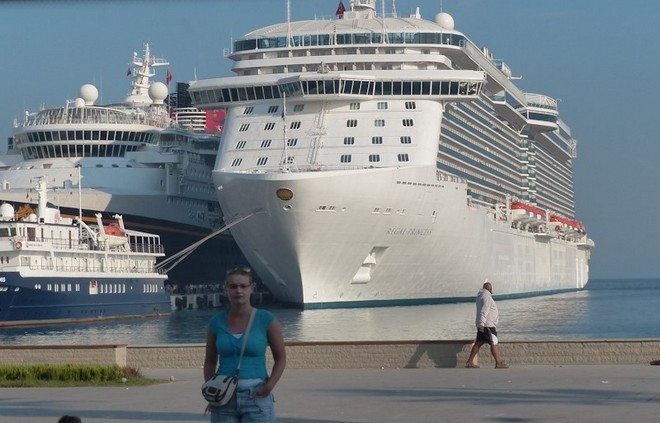
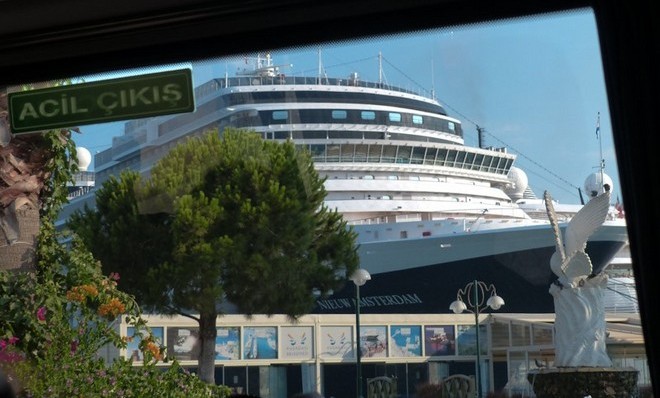
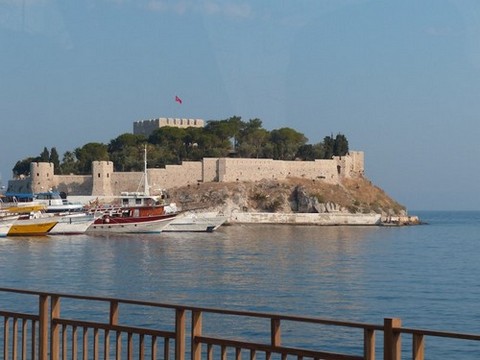
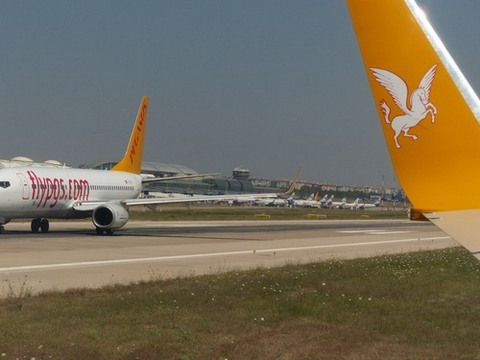
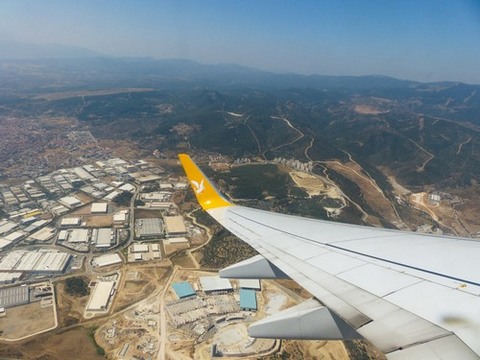
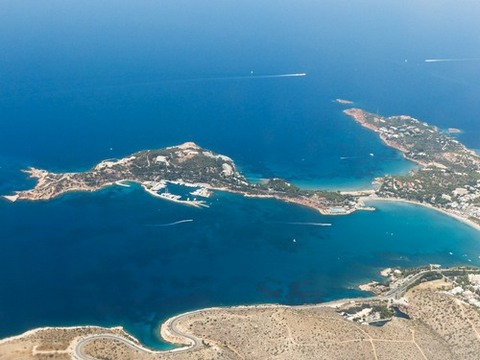
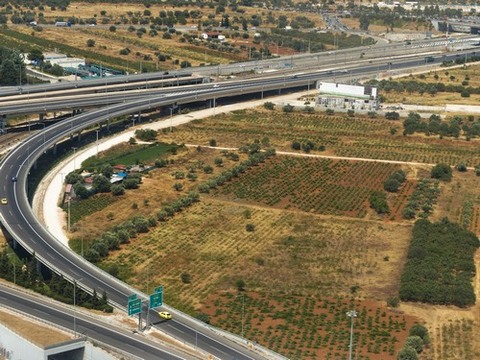
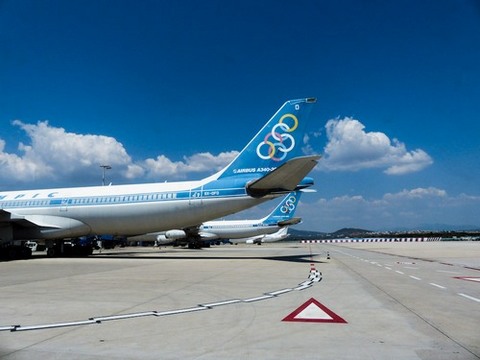
The taxi driver who picked us up at the airport was quite
passionate in claiming that there are many Greek artifacts in Turkey, especially
the remains of the great Hellenistic Period, that is, between the death of
Alexander the Great in 323 B.C. and the emergence of the Roman Empire as
signified by the Battle of Actium in 31 B.C. and the conquest of Ptolemaic Egypt
the following year. We booked in at the Best Western Museum Hotel, which was
about 4 blocks from Syntagma Square, the most major area in the City of Athens
in point of government as well as commercial activity.
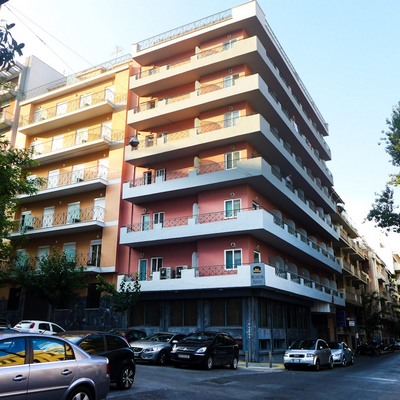
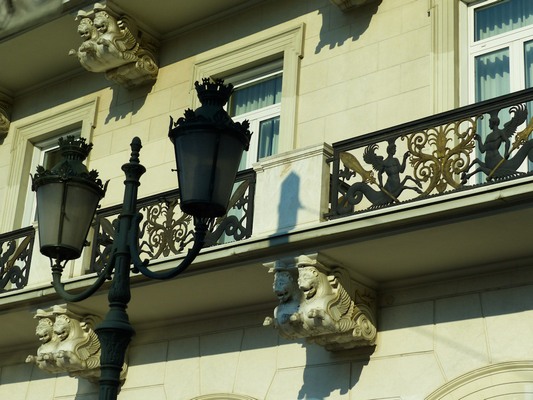
Tess and I started the next day
by joining a guided city tour. The walk along the narrow streets from the hotel
to the waiting tourist bus showed an avant-garde Athens culture: Street art
bustling from corner to corner! The street art in Athens is said to be the most
prevalent in the world, and we couldn’t help but notice the excessive amount of
graffiti at almost every brick wall, shop frontages, or even obscure shop
alleys.

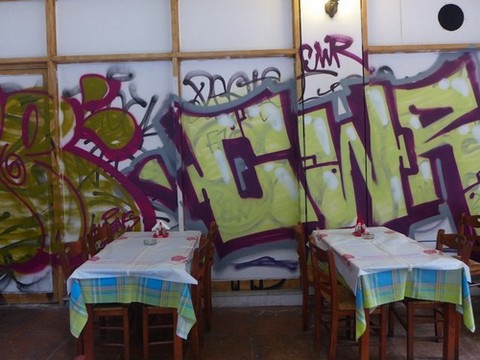
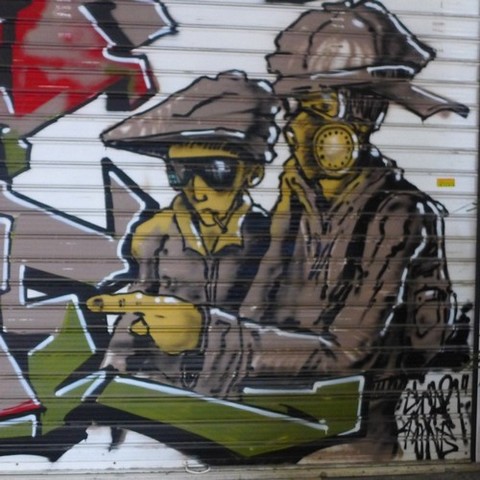
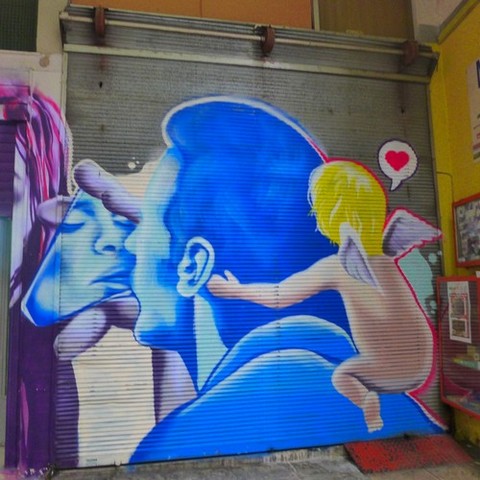
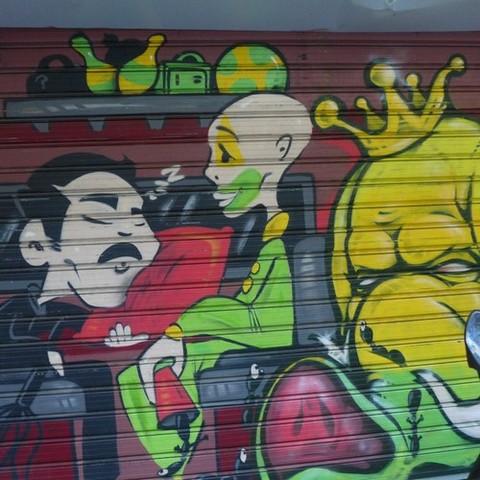
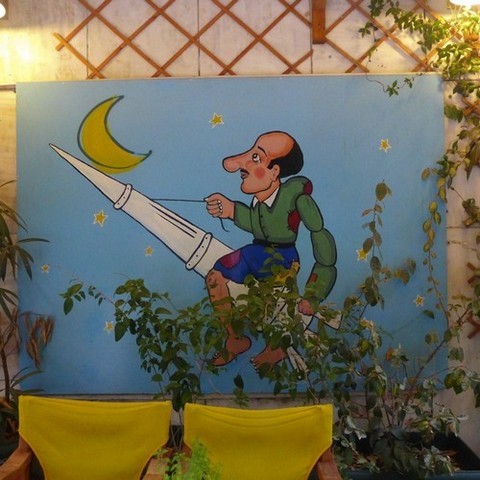
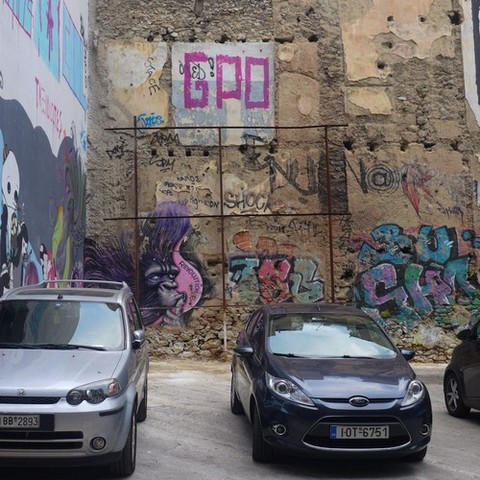
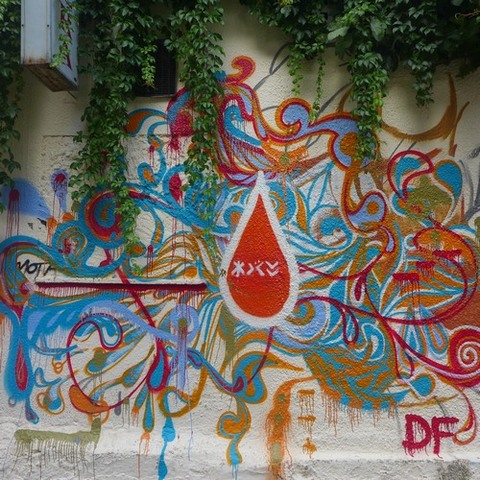
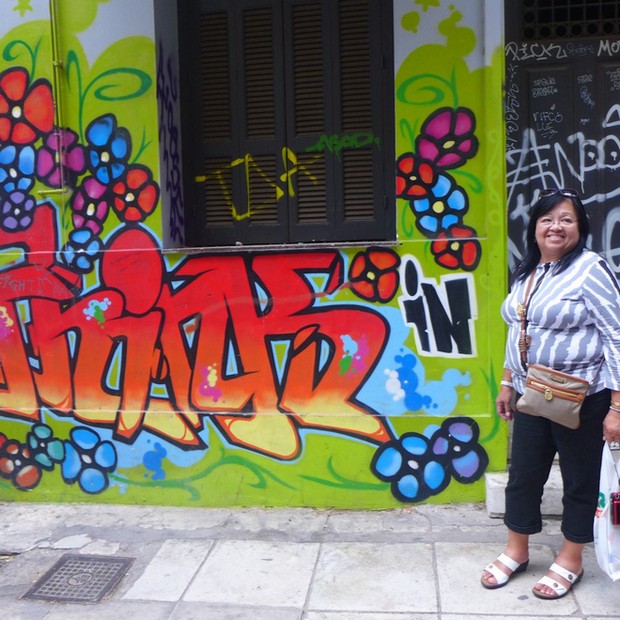
Our city tour’s first stop was at the
Panathinaikos Stadium where the first modern Olympic Games took place in 1896.
It was used again as the venue of Olympics 2004. Historically, a stadium was
built on the same site as a simple race track in 330 B.C. It was rebuilt in 144
A.D. with a capacity of 50,000 seats, but was largely abandoned in the 4th
century after the rise of Christianity. I was a bit disappointed as I had
expected to see a grand spectacle although it is the only stadium in world built
entirely of marble.
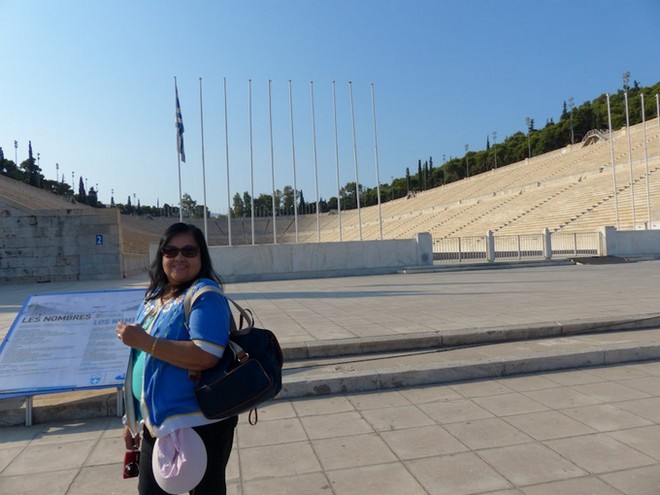
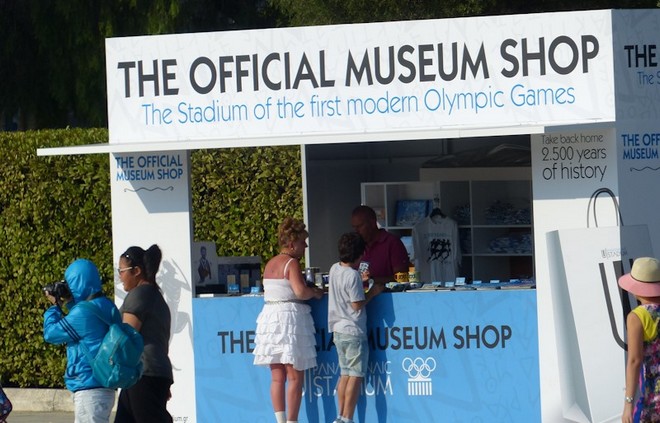
An interesting
stop was the Presidential Mansion and the Hellenic Parliament. Here, one can
enjoy the sight of “Evzones” or Presidential Guards guarding the Tomb of the
Unknown Soldier. There are about 200 evzones and it is said that they are chosen
for their height and character. Tess and I have seen quite a number of Changing
of the Guards in our European travels but we consider this to be a most
interesting one by their distinctive movements. Photography being my hobby, I
also enjoyed having to come close to the guards unlike in most countries where
tourists could see this ceremony only from a distance.
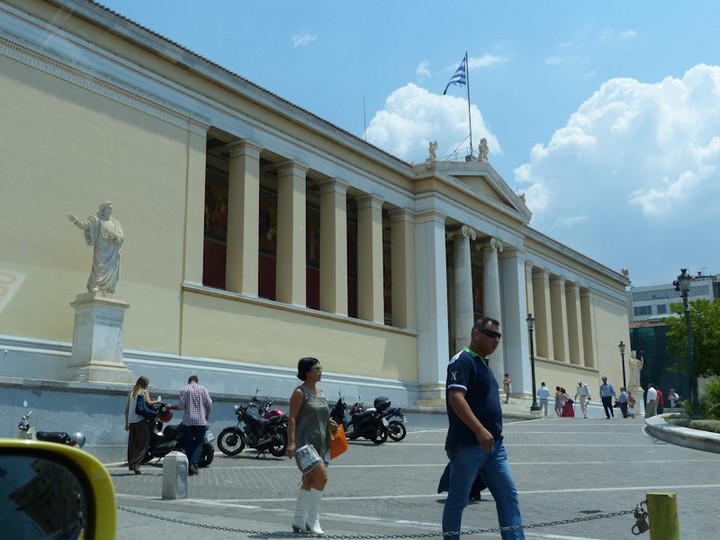
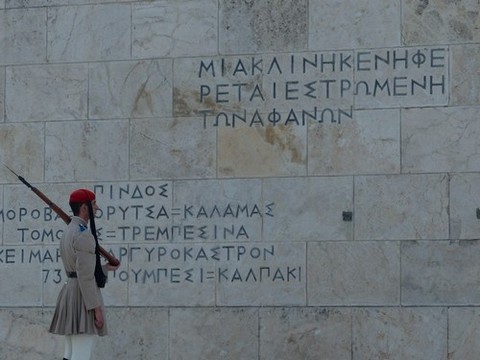
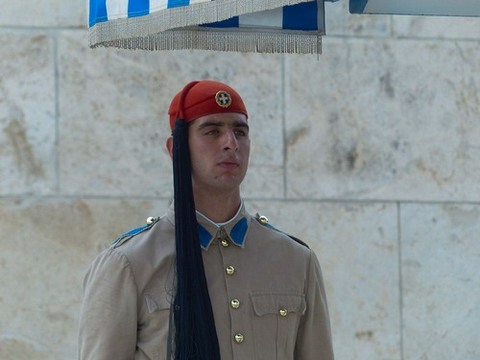
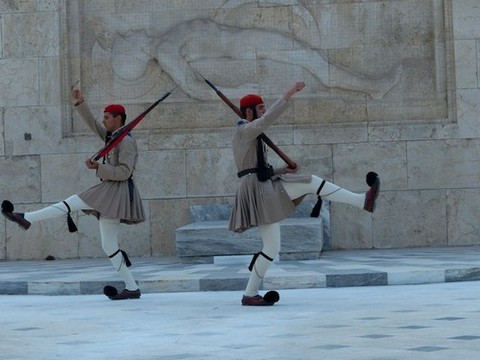

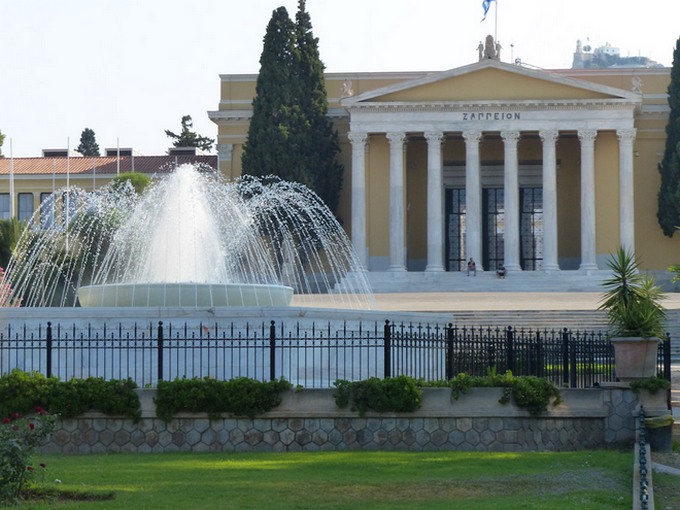
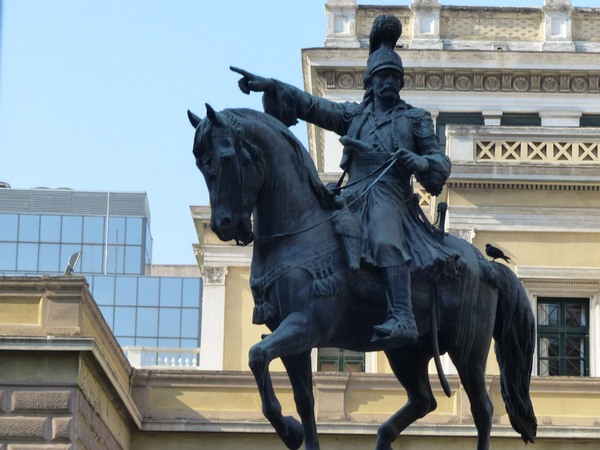
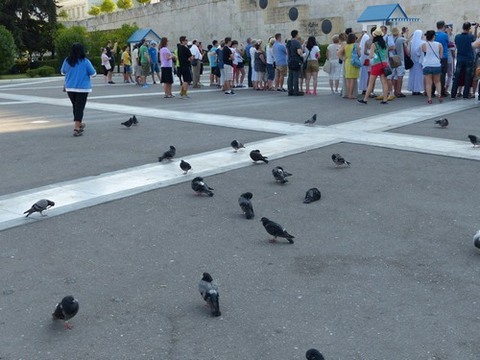
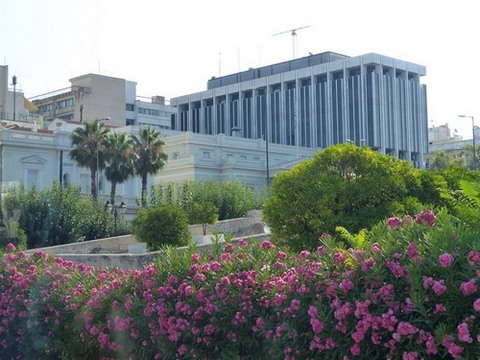
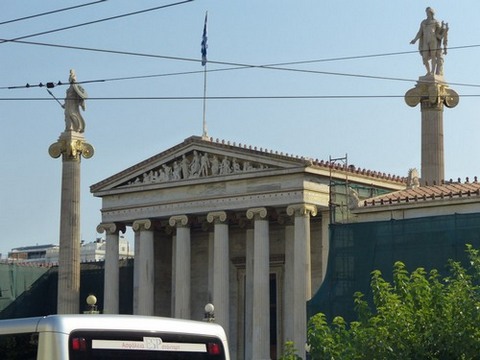
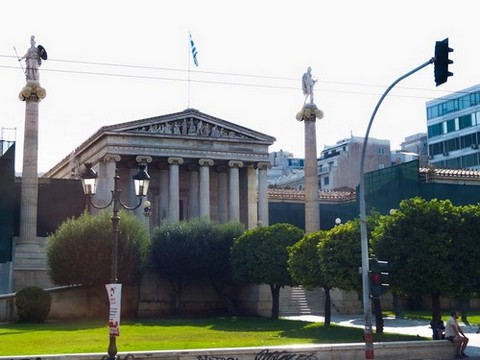
Behind the Tomb of the Unknown Soldier is the
NATIONAL GARDEN, a peaceful, vast green refuge (more than 15 hectares) and
considered as a tropical paradise right in the middle of the concrete jungle of
Athens. One can spend hours wandering around the shaded pathways past the flora
and the fauna, “an escape from the maddening crowd”, so to speak. “It remains in
my memory like no other park I have known. It is the quintessence of a park, the
thing one feels sometimes in looking at a canvas or dreaming of a place one
would like to be in and never finds. Seeing lovers sitting there in the dark,
drinking water, sitting there in peace and quiet talking in low tones gave me a
wonderful feeling about the Greek character.” - Henry Miller, The Colossus of
Maroussi
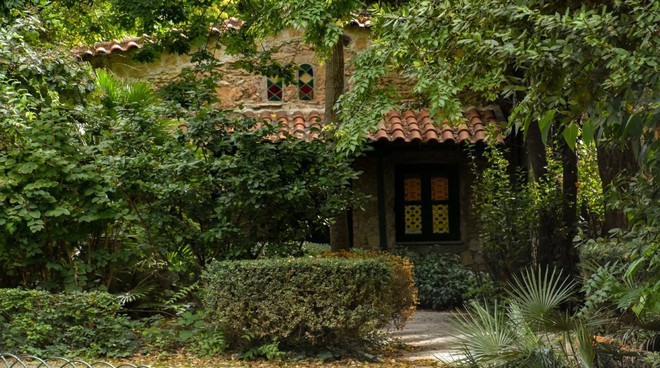
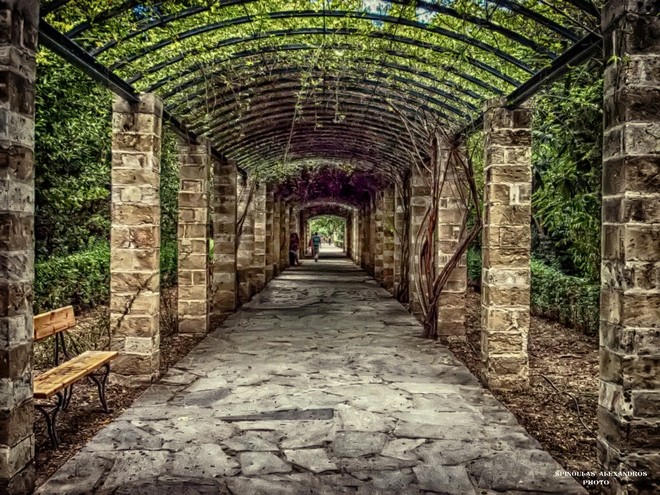
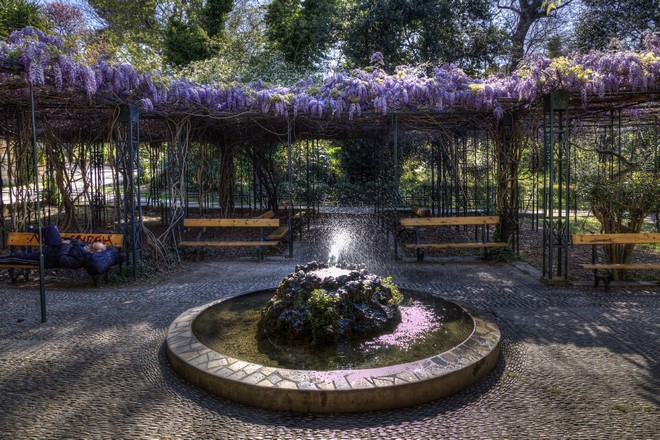
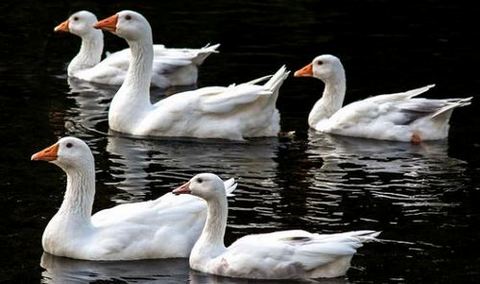

We spent a few hours at THE
ACROPOLIS MUSEUM. It is considered by Travel Advisor as #1 of the more than 300
things to do in Athens. This museum is considered as one of the world’s best. It
houses the most fabulous artifacts of the Hellenic civilization as well as the
Greek Bronze Age and the Byzantine Period. As we entered the building, we walked
over glass floors, while seeing beneath the parts of ancient buildings of
Athens. One can immediately feel the spirit of the glory that was Greece and the
citizens that dwelt in it.

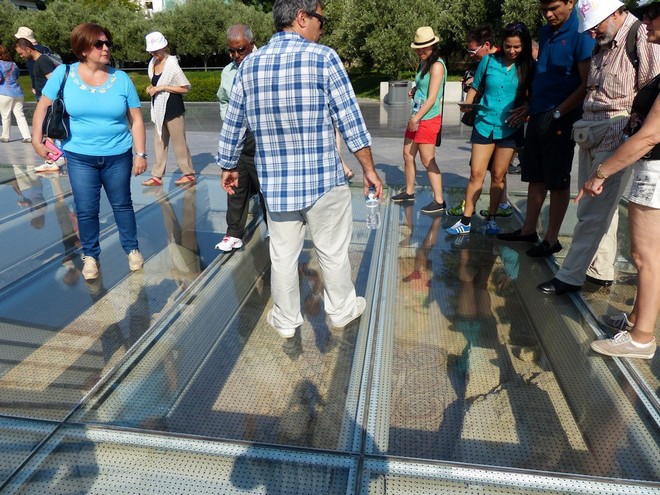
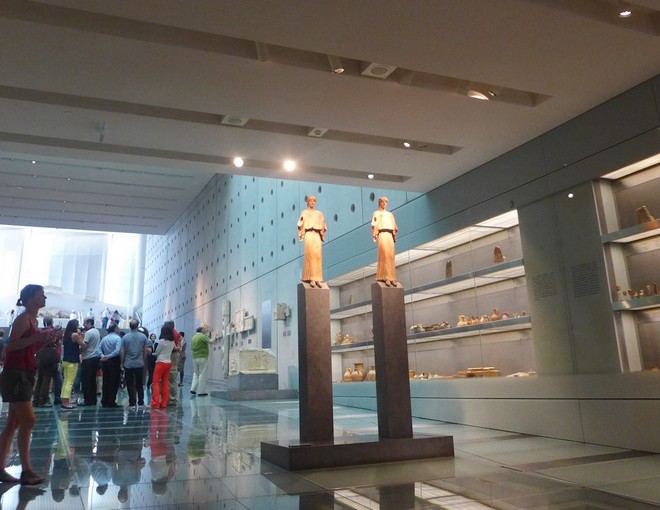
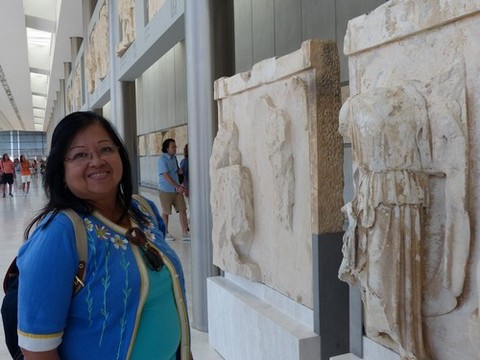
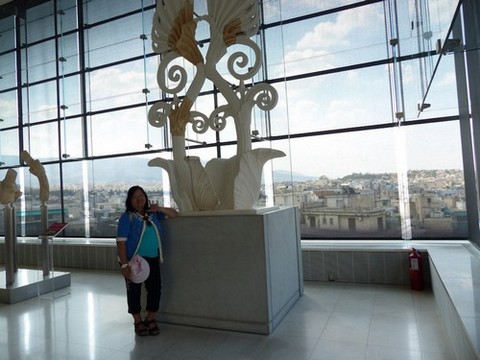
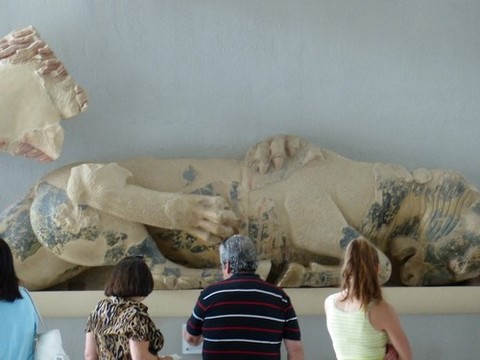
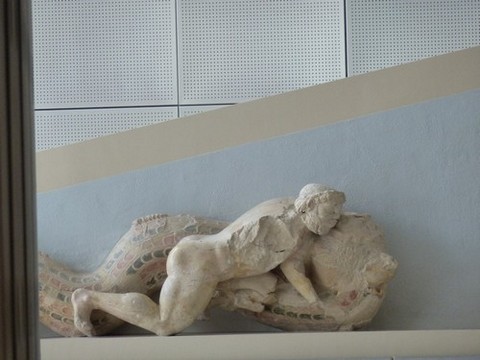
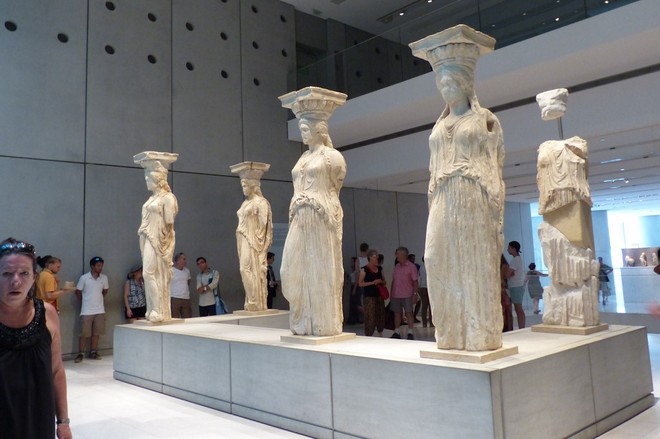
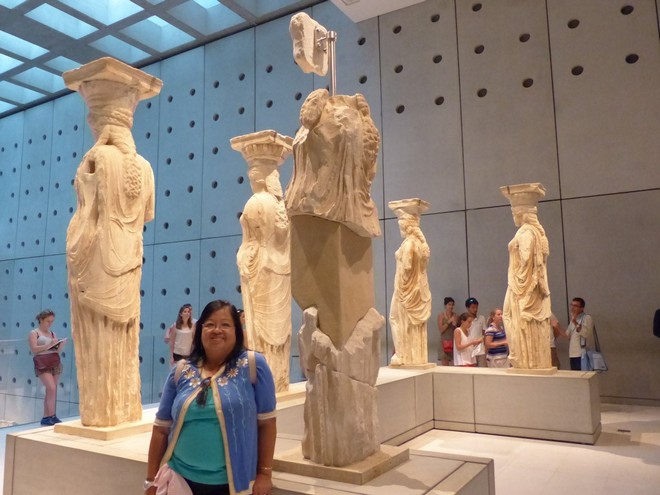
While I
had some success photographing priceless works of art in my previous travels –
including the Sistine Chapel, Academia in Florence, The Louvre and impressionist
paintings in Musee d’ Orsay in Paris, National Gallery in Washington, D.C.,
National Gallery and British Museum in London, and Museo Nacional Del Prado in
Madrid – I find the Acropolis Museum staff were not only being too strict but
were rude as well. Such demeanor is uncharacteristic of friendly Greeks I’ve met
elsewhere during my 10-day stay in this country. Just the same, I was able to
grab a few
Among the most prized collections of this museum are the
Erechtheion, The Temple of Athena Nike and Propylaea. The Erechtheion was built
in honor of Erechtheus, who was mentioned in Homer’s Iliad as a great king
during the Archaic Period. The Temple of Athena Nike was named after the goddess
Athena (built around 420 BC) and is the earliest fully Ionic temple of the
Acropolis. Propylaea is any monumental gateway that serves as the entrance to
the Acropolis. From the Museum, one could see the Acropolis perched on top of
one of the highest rocky hills in Athens.
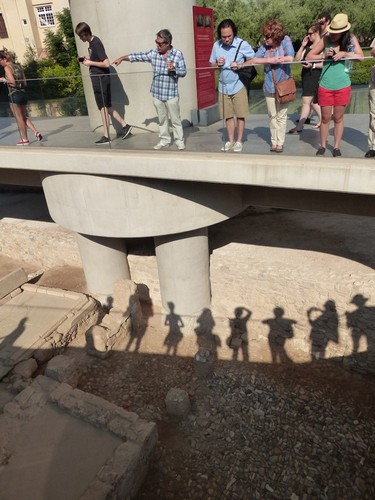
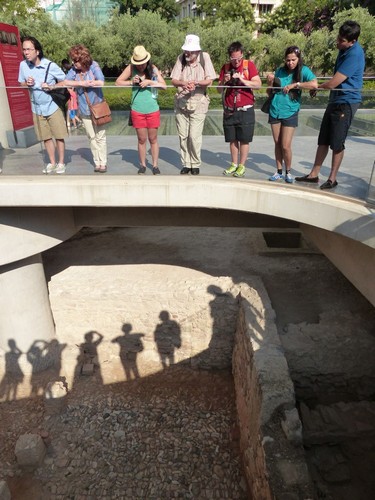
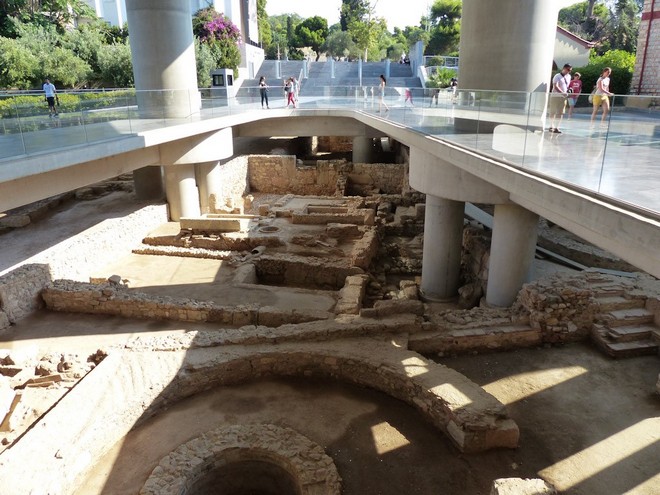
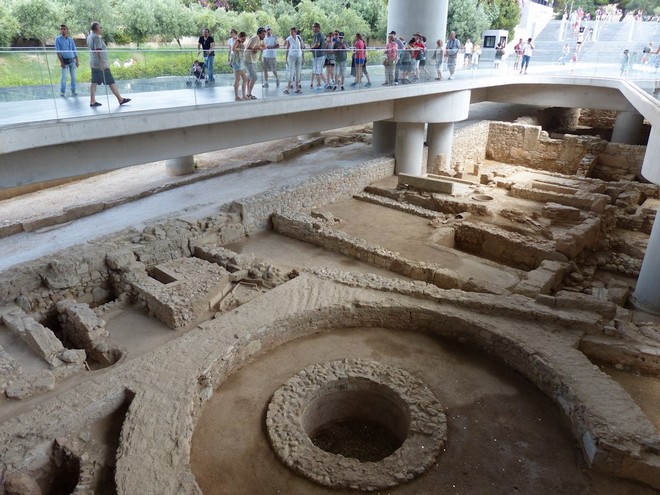
From the museum, our tour guide led us to a long, steep hike to
the real thing – The Acropolis and the Parthenon. I didn’t mind the difficult
hike up as well as the dangerous pavement that may cause slippage. But one has
to have good hiking shoes and has to protect his camera from possible fall. Even
from below, one could see several restoration activities, and a lot of these
were being done at the façade of the Acropolis.
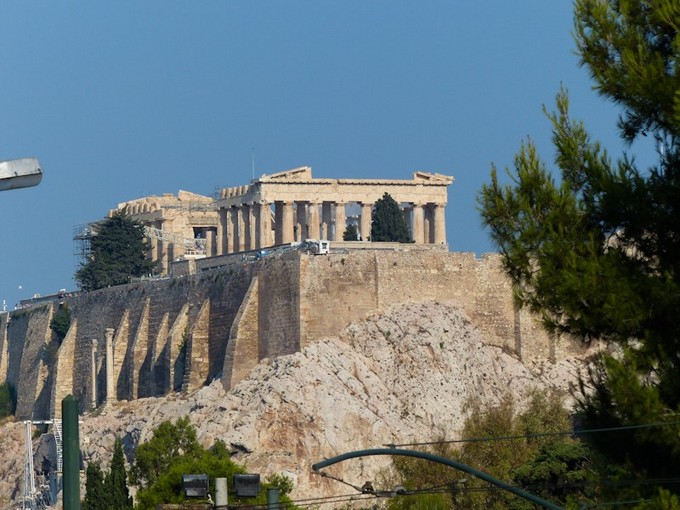
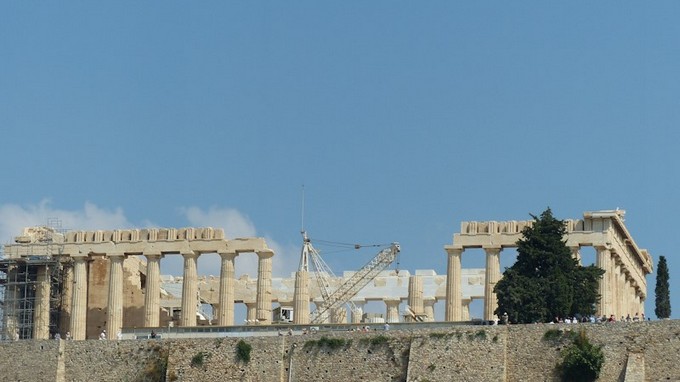
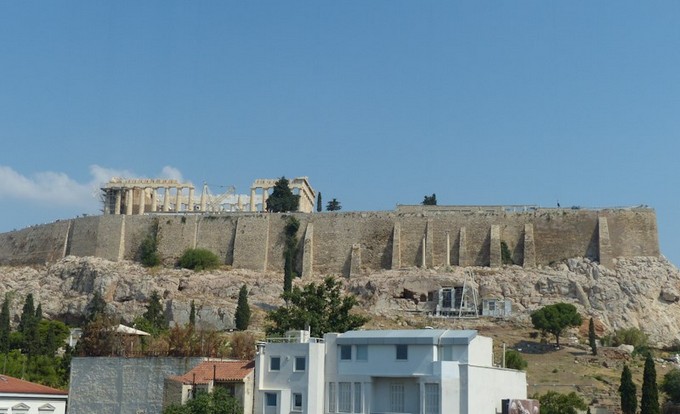
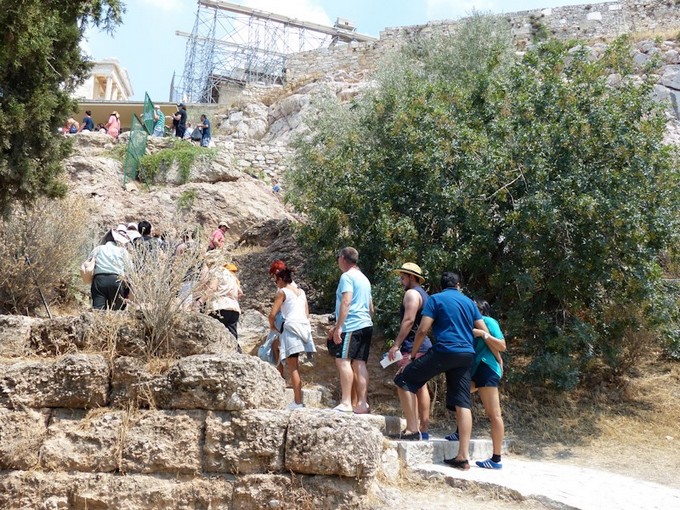
The hike up the Acropolis did not disappoint. There I witnessed one
of the most awesome sights I’ve seen in my travels -- the panoramic, 360-degree
view from above, among which is a giant rock-hill where Apostle St. Paul used to
preach and several structures that tell thousands of years of history of heroes
and goddesses, of pomp, conquest and glory. Seeing it with my own eyes was
definitely a dream fulfilled.
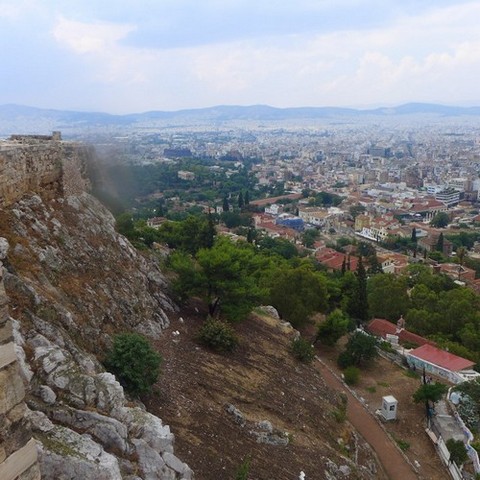
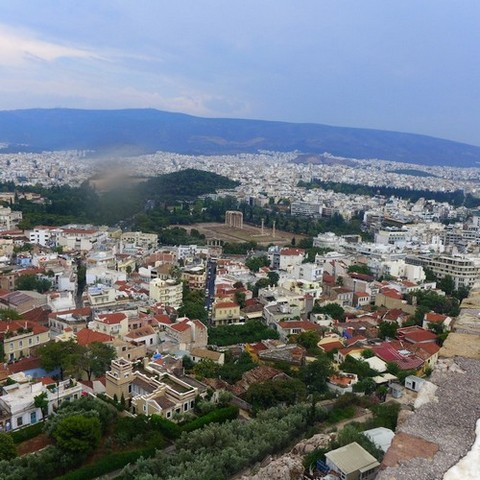
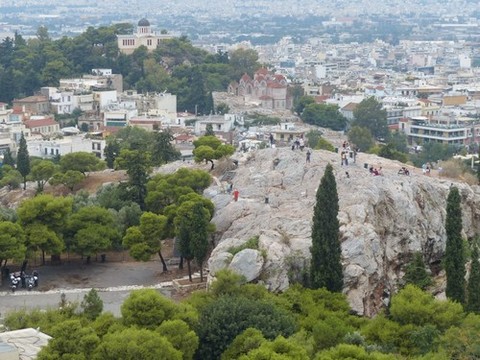
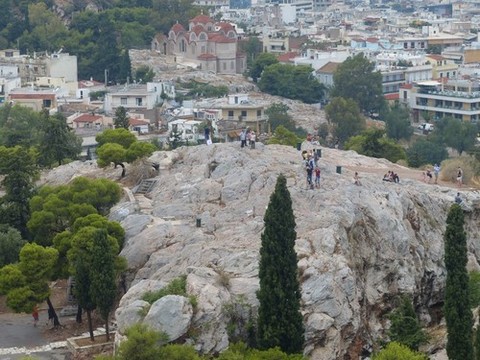
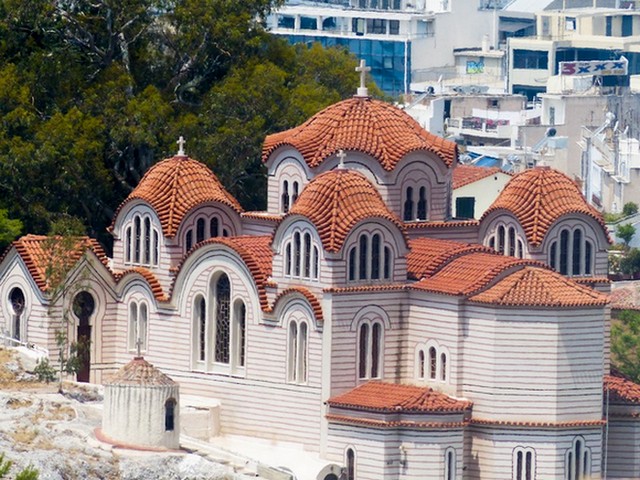
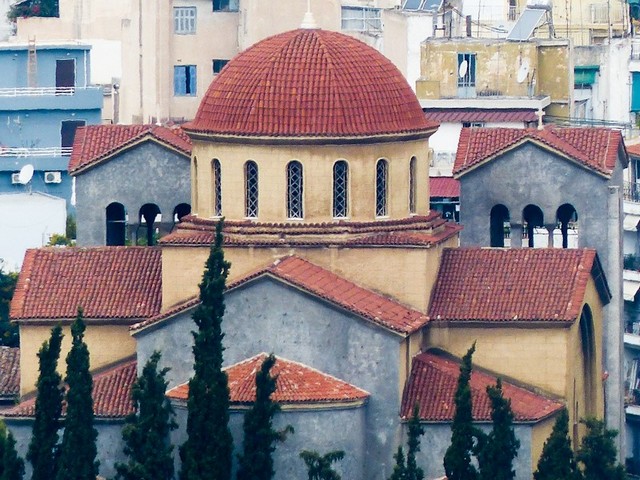
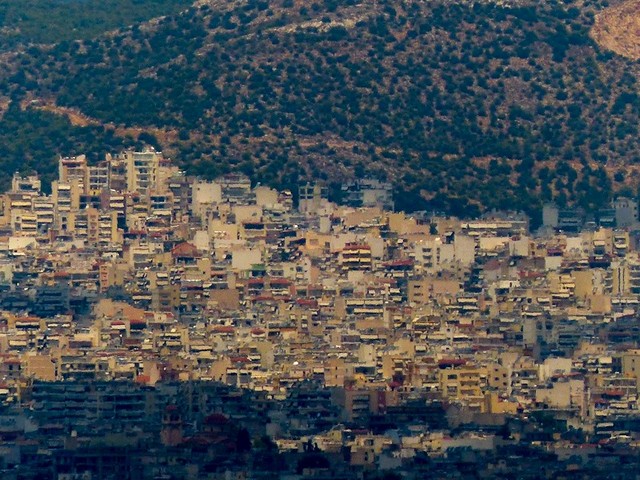
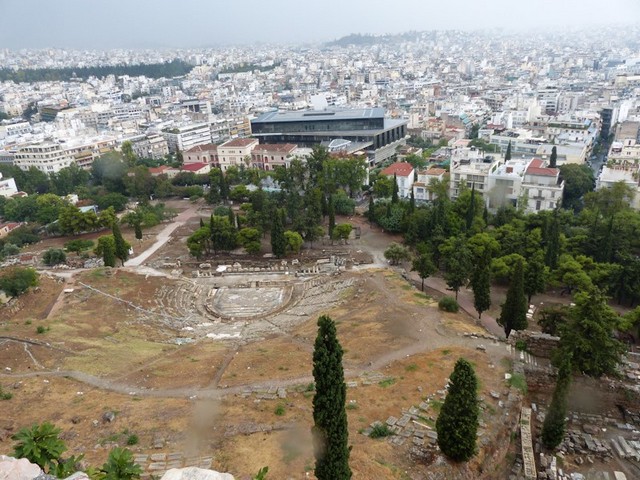
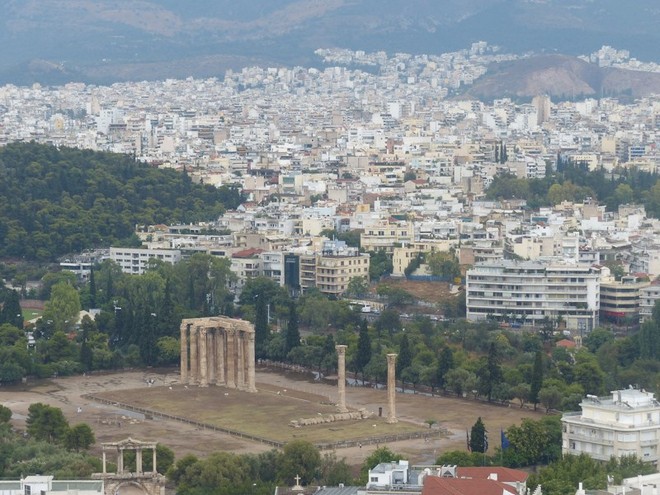
The Acropolis of Athens is an ancient citadel located on a giant rocky ridge
above the city of Athens. It is here when one can step back in time and enjoy
the remains of several ancient buildings of great architectural and historic
significance. Some historians say the hill was inhabited as far back as the
fourth millennium BC, but it was Pericles (c. 495 – 429 BC) in the fifth century
BC who coordinated the construction of the site's most important buildings
including the Parthenon, the Propylaia, the Erechtheion and the Temple of Athena
Nike. The Parthenon and the other buildings were seriously damaged during the
1687 siege by the Venetians in the Morean War when gunpowder being stored in the
Parthenon was hit by a cannonball and exploded. (Source: Wikipedia)
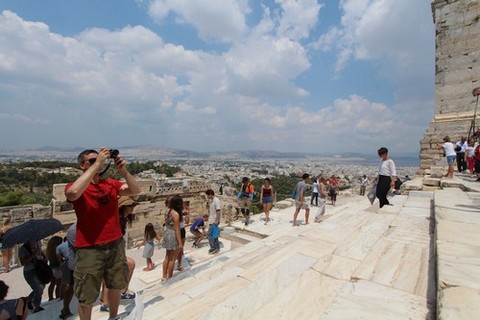
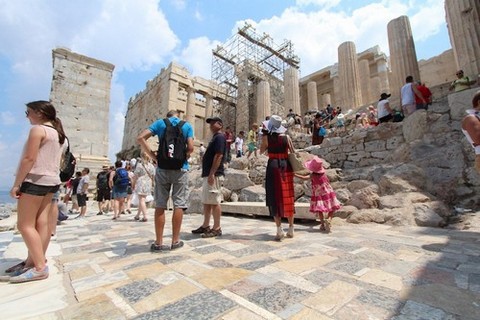
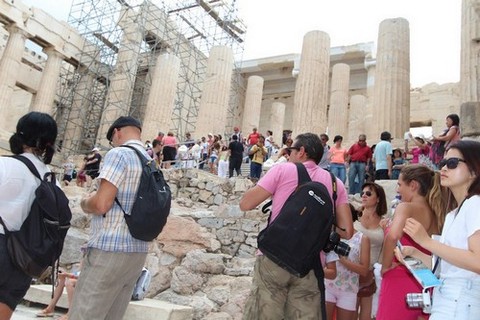
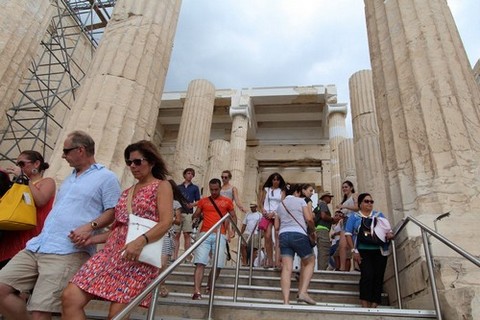
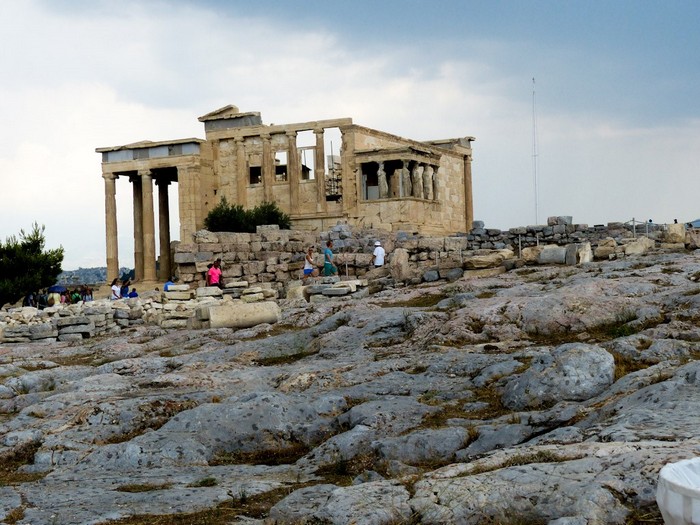
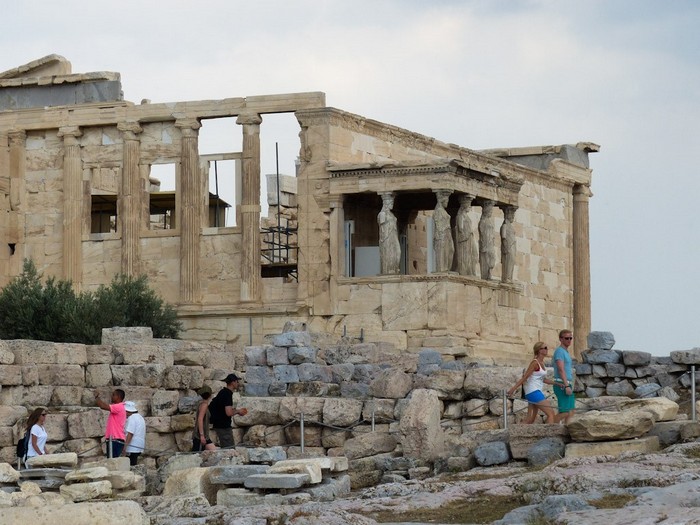
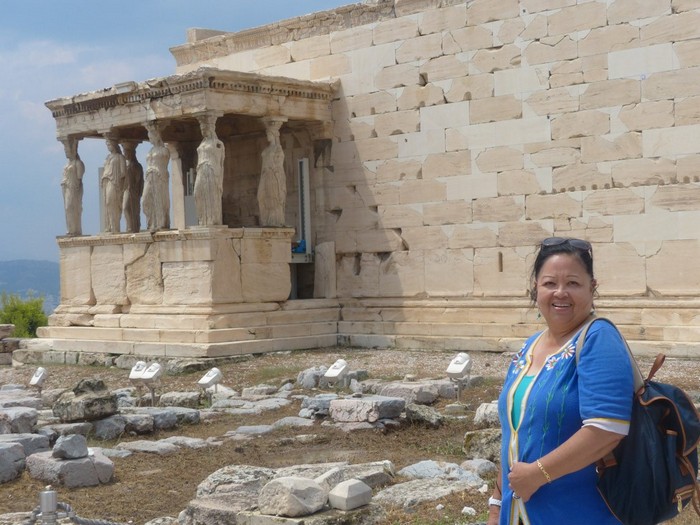
THE PARTHENON is the most important landmark of Athens
and is one of the seven wonders of the ancient world. It is the centerpiece of
the Acropolis, a lavish temple of unprecedented scale at the time. To this date,
engineers and architects continue to regard the Parthenon with awe and
wonderment. One who has not gone up to the Parthenon has not seen 80 percent of
Athens. It is here where one can feel the spirit of Ancient Greece.
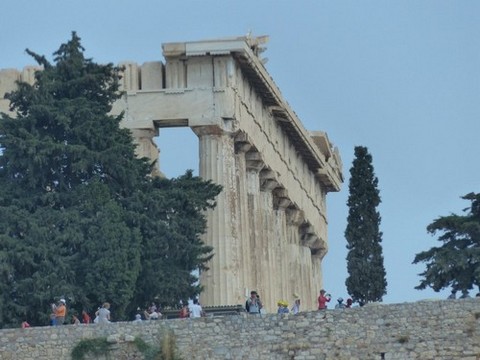
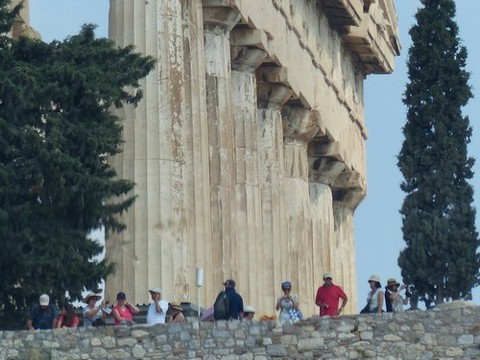
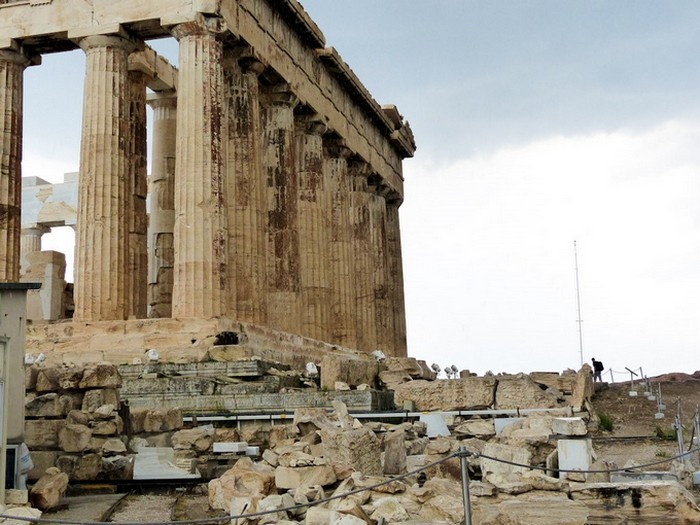
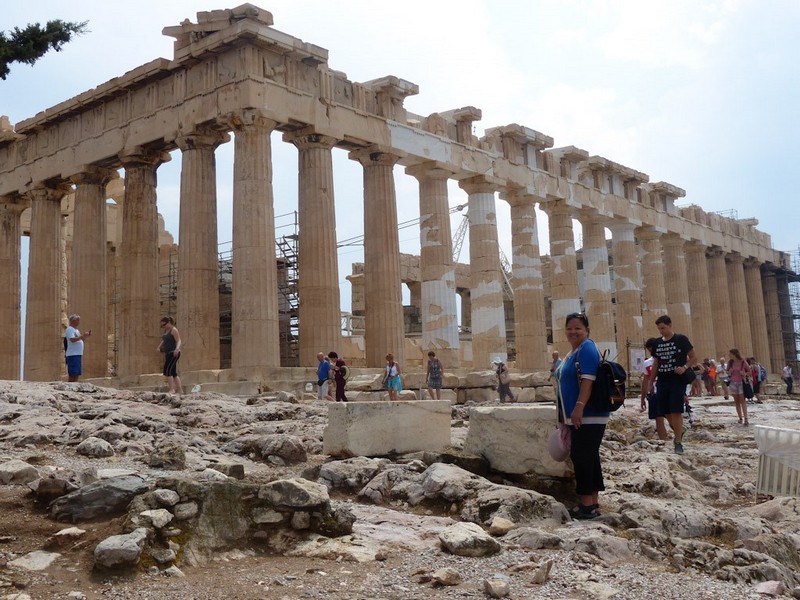
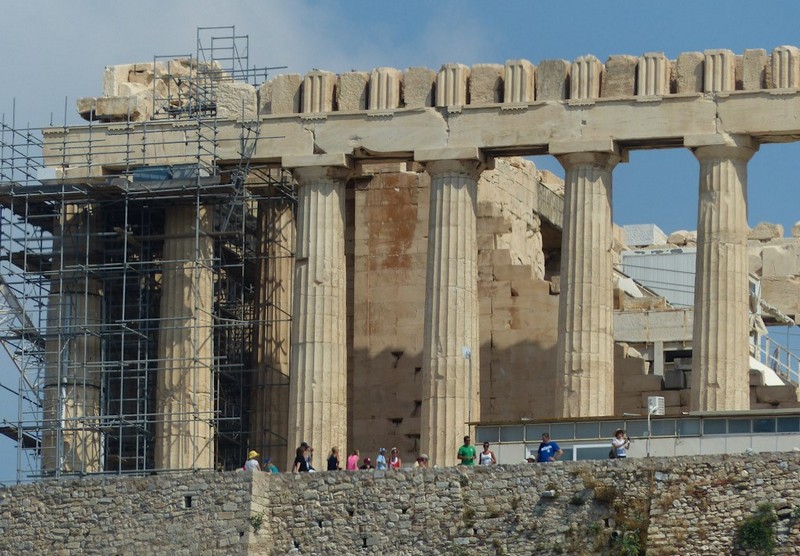
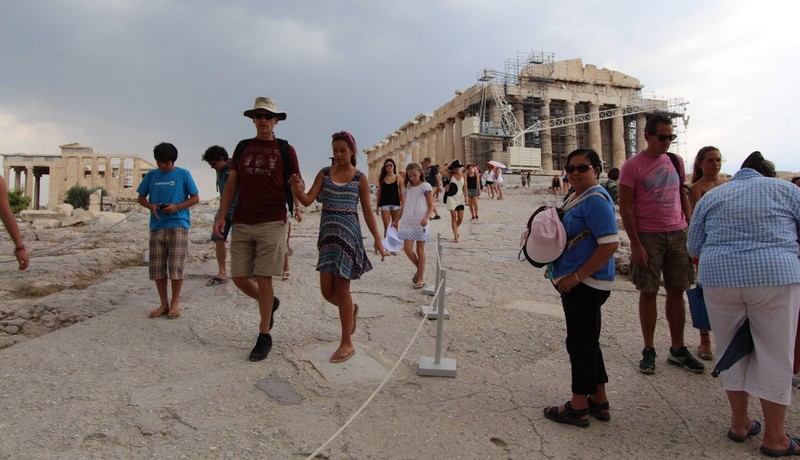
From the Parthenon, we took the exit down towards AGORA,
the center of the ancient city of Athens. The word "agora" applies to an
assembly of people, a place for gathering, and more strictly, a "marketplace".
It was at the Agora where Socrates attracted the Greeks to his philosophical
questions and observations. The Agora of Athens dates back to the late Neolithic
Period and was used as a cemetery during the Mycenaean Period and the Iron Age.
For most of the city's history, however, the Agora was the center of commercial,
religious, cultural and political activity. Note, however, that even in this
very important archeological site, the street artists have taken their art too
far.
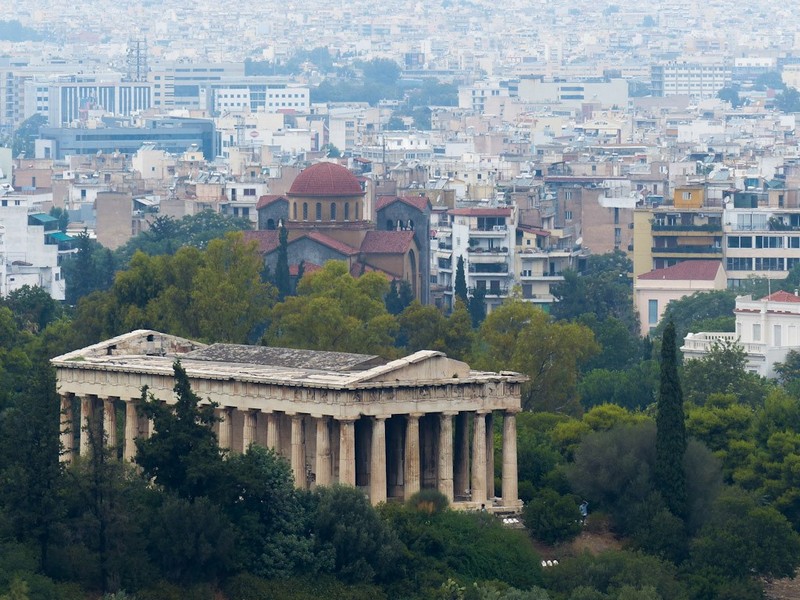
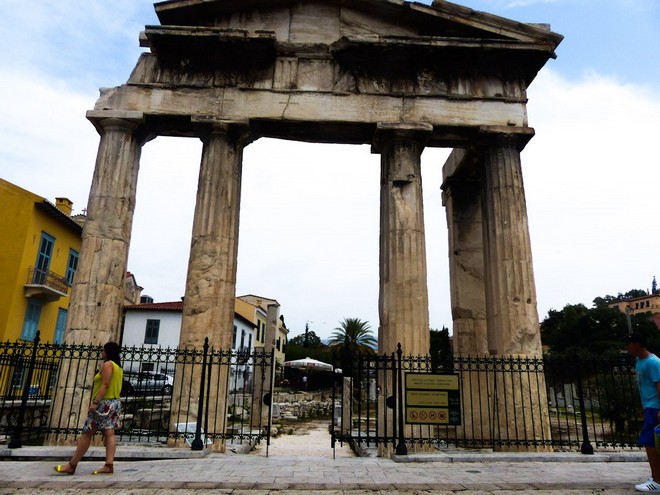
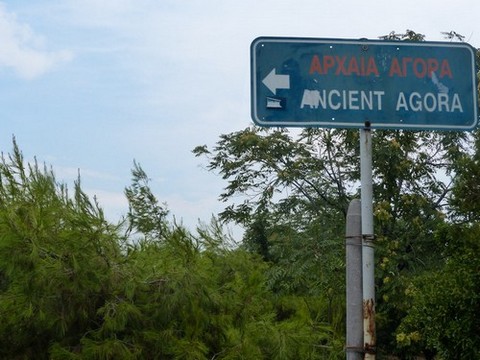
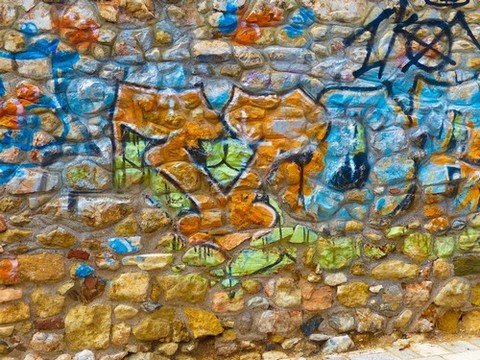
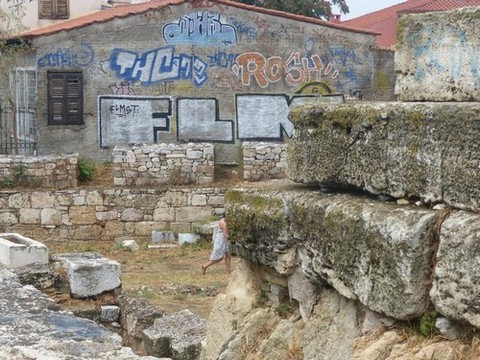
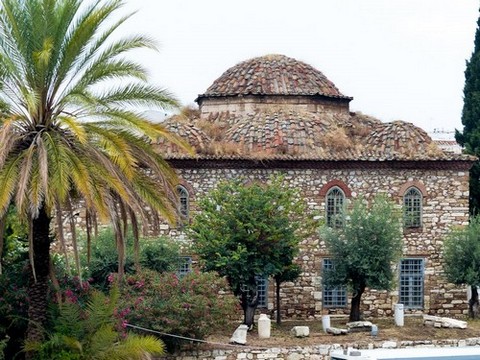
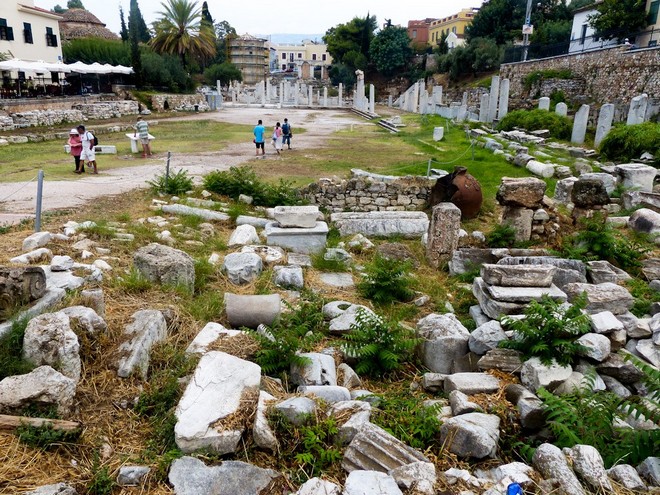
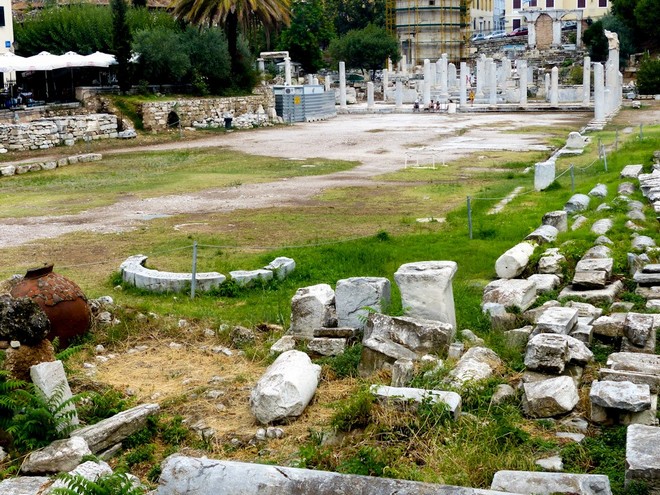
While in Athens, one should find time to go to
MONASTIRAKI, a flea market and one of the vibrant shopping districts in Athens.
It is the home to souvenir shops, restaurants, specialty stores, clothing and
beauty products, and practically anything one can hope to buy. It is a major
tourist attraction where one can engage in bargain shopping. It is very
accessible especially from Syntagma Square – either by walking or public
transportation.
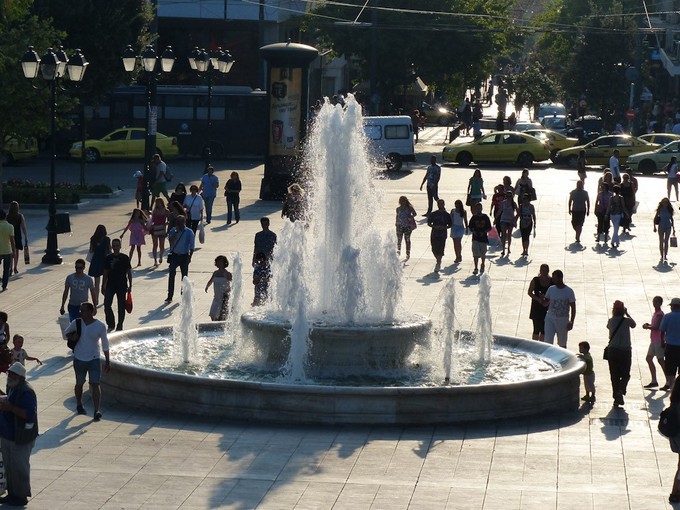
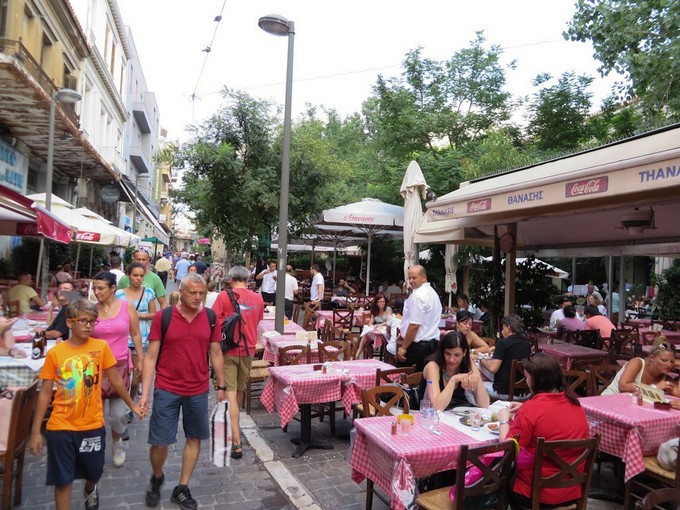
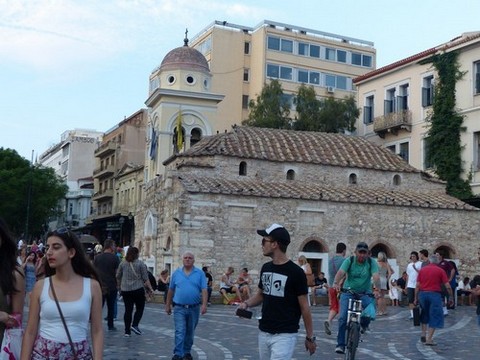
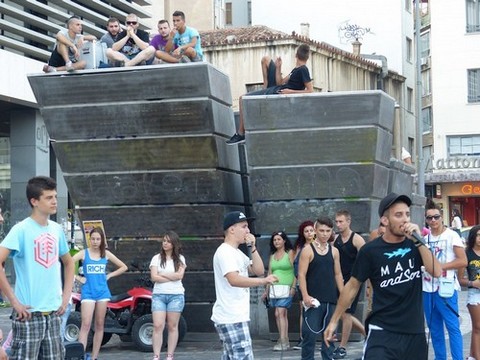
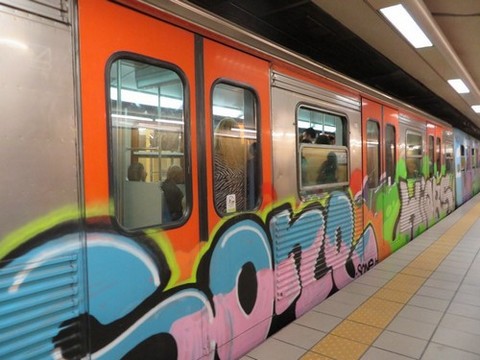




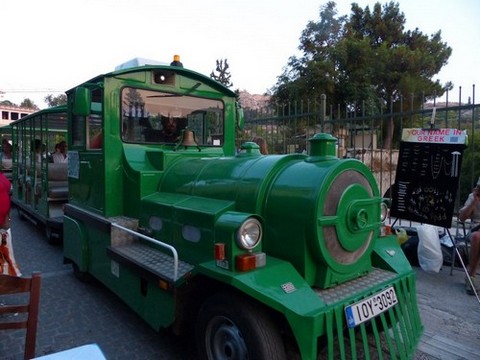
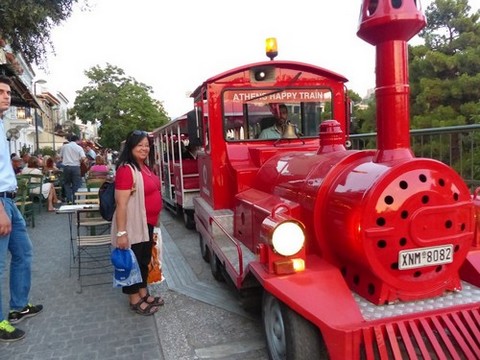
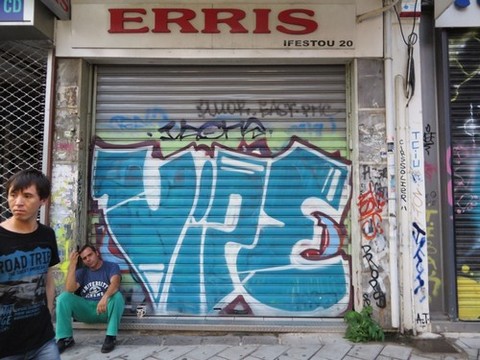
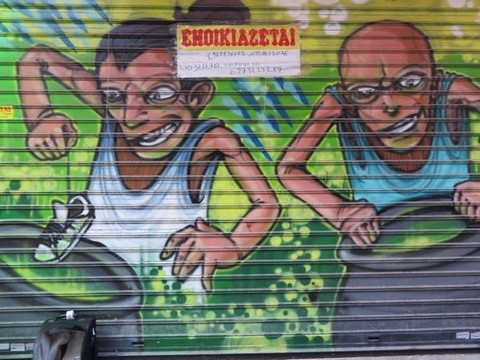

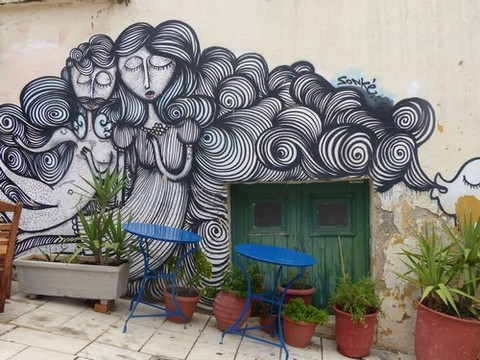
One can view the Parthenon
from Monastiraki, and enjoy the well-lighted Acropolis by night. Around it are
also several historical buildings. Tess and I just simply enjoyed watching
people as well as strolling in this crowded square and is the most vibrant part
of the city. We also enjoyed the young street performers, singers, magicians and
dancers. It is a great place to eat with a huge variety of restaurants.
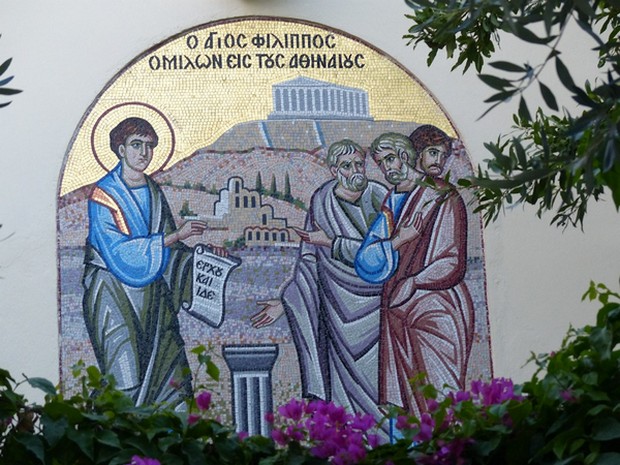
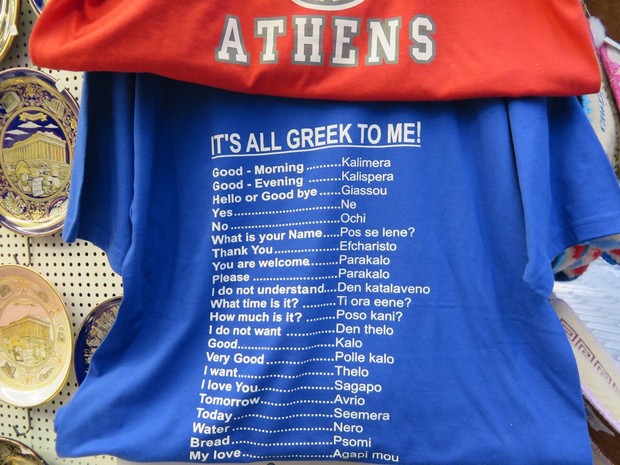
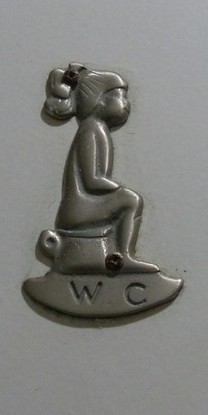
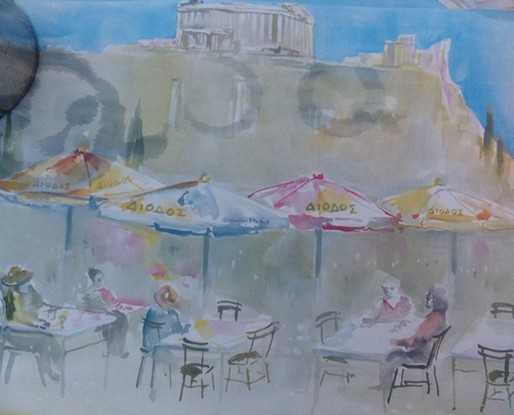
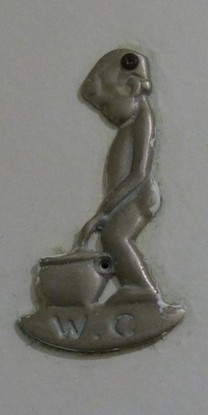
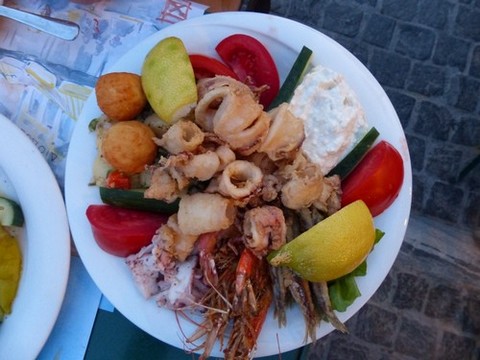
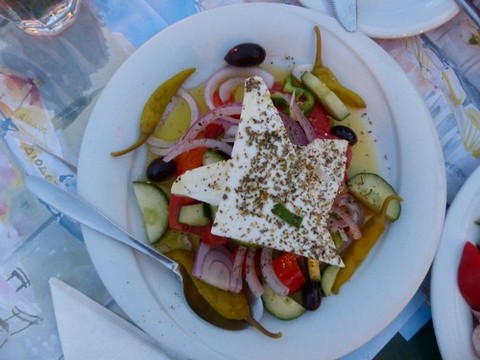
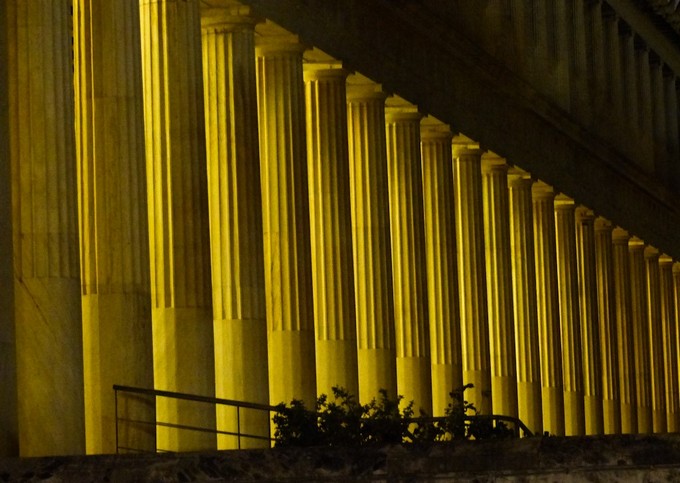
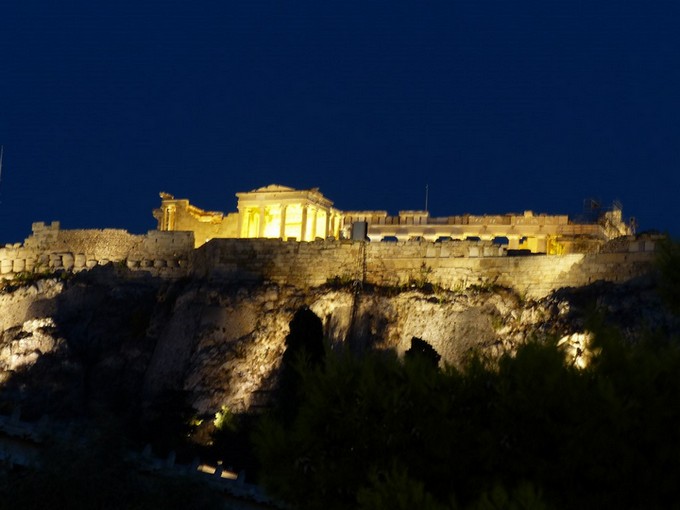
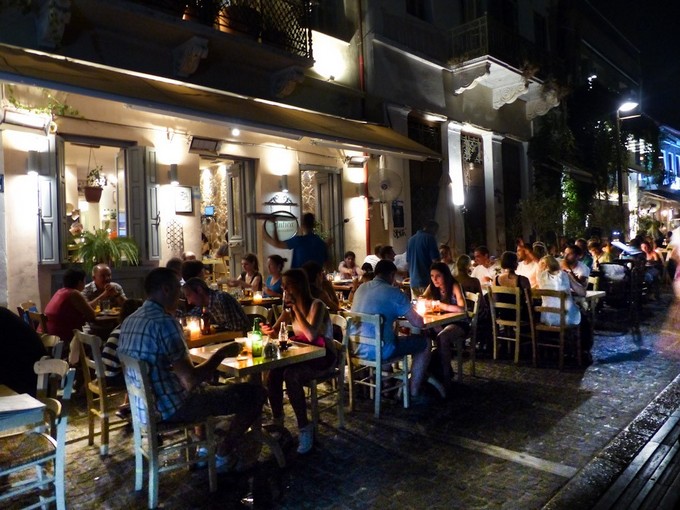
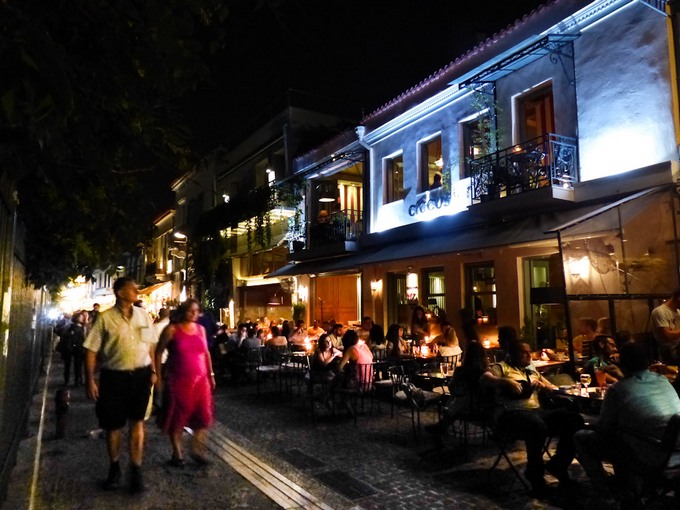
We are not done yet. Many good ones are yet to
come, and a lot of more exciting sceneries to behold. We shall go out of the
City of Athens unto the legendary Cyclades Isles and two of the most visited
islands in the world – Santorini and Mykonos. We shall also feature some
exciting trips out of Athens, unto a lot of ancient sites featuring gods and
goddesses, some places mentioned in the bible, and unto pre-historic
civilization.
Wait for: The Glory That Was Greece, Part Two (Greek Isles).